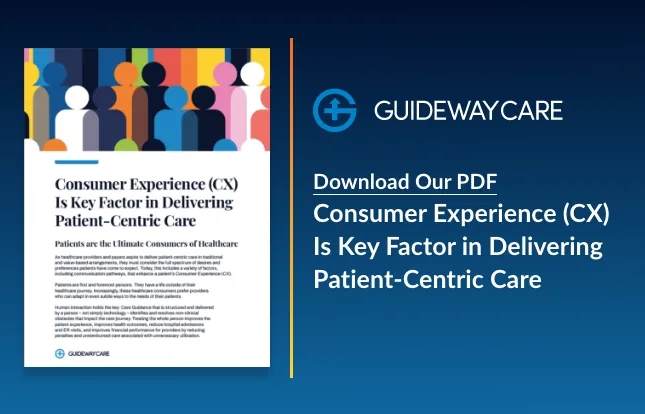Mastering BPCI-A for Success

Technology advancements impact every aspect of daily life, and healthcare is no exception. Physicians can leverage new models and frameworks to improve patient care and reduce costs without compromising the quality of service. One initiative that is proof of this is the Bundled Payments for Care Improvement Advanced (BPCI-A) model. Unlike its predecessor, BPCI 1.0, BPCI advanced builds incentivize providers who reduce unnecessary variations and manage the entire episode of care. By eliminating these unnecessary variations, patients benefit from significant financial relief and seamless clinical services. Here’s how to make BPCI-A work for you and your part of the healthcare industry.
Understand the Basics of BPCI-A
BPCI-A is a software that allows healthcare providers to coordinate care without increasing the cost of services or compromising on quality. If a patient is admitted to your facility, they rely on doctors who don’t have the full information. Also, some physicians working with the patient may not be notified of the treatments provided, which can lead to serious consequences for the patient. With BPCI-A, the entire healthcare team is in the loop about the patient’s care and financial obligations. This goes a long way to ensure effective communication and collaboration for quality care. But how can you implement BPCI-A in your healthcare? Here are some strategies to consider.
Embrace Data Analytics
The foundation of a successful BPCI-A is data analytics. Physicians analyze patient data to identify patterns and trends that cause unnecessary variations in care. This insight allows for more personalized treatment plans, which optimizes patient outcomes without adding to the cost of service. You can successfully implement BPCI-A in your healthcare to manage care episodes effectively.
Collaborate Across Disciplines
Success in BPCI-A requires streamlined collaboration among various healthcare disciplines. Surgeons, nurses, physical therapists, and other healthcare professionals must work together to create comprehensive care plans. Regular interdisciplinary meetings and effective communication channels can ensure that every team member is on the same page. This leads to coordinated and efficient care delivery. Such collaboration reduces redundancies and ensures that each patient receives the right care at the right time.
Optimize Post-Acute Care
Post-acute care is a significant component of the total episode of care in BPCI-A. Ensuring that patients receive appropriate and timely post-acute services, such as rehabilitation and home health care, can prevent readmissions and reduce overall costs. Building strong relationships with post-acute care providers and monitoring patient progress closely can enhance the quality of post-acute care and contribute to the success of the bundled payment model.
Making BPCI-A work for you involves a holistic approach that integrates data analytics, interdisciplinary collaboration, evidence-based practices, patient engagement, optimized post-acute care, and continuous monitoring. Contact us at Guideway Care to implement effective strategies to overhaul service lines quickly and thoughtfully. This allows healthcare service providers to enhance patient outcomes and reap the financial benefits of effective care management under the BPCI-A model.
Contact Us Today To Learn How We Can Help
"*" indicates required fields




